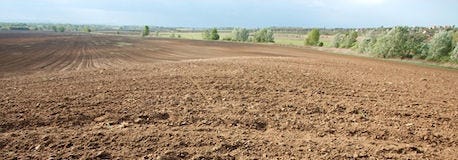June 24, 2013

It's a good idea to select seed mixes for CRP with an eye to haying or grazing it in an emergency, or converting CRP to pasture after the contract expires, says Pete Bauman, South Dakota State University Extension range specialist.
"The key is selecting the right suite of species for the future grazing plan," he says.
Planting native legumes like purple and white prairie clover, Canada milkvetch and Illinois bundleflower will meet the conservation requirements by providing excellent wildlife habitat while enhancing future forage value for grazing.
Choosing a diverse seed mix will also help you get land into the CRP program.

Planning CRP Seed Mixes For Future Grazing
"The greatest single factor that producers can influence in whether their land will be selected for enrollment or not is the type of cover they plant. More diverse plantings that include forbs are ranked highest in the evaluation process and are great options for future grazing projects," Bauman says.
The CP25 mix for "rare and declining habitat" consists of eight grass species and seven forbs/legumes. During the last general signup, Bauman says nearly all South Dakota producers that applied with a CP25 mix were accepted.
"Again, although the CP25 is not eligible for managed haying or grazing during the contract period, it can be a high quality pasture mix to be used once the CRP contract expires," he said.
Other high ranking mixes include CP2/CP4D "Native Grass Establishment" mixes, which include at least five species of native grasses and forbs. These cover types are eligible for managed grazing in the fifth year of the CRP contract.
Source: SDSU
You May Also Like




